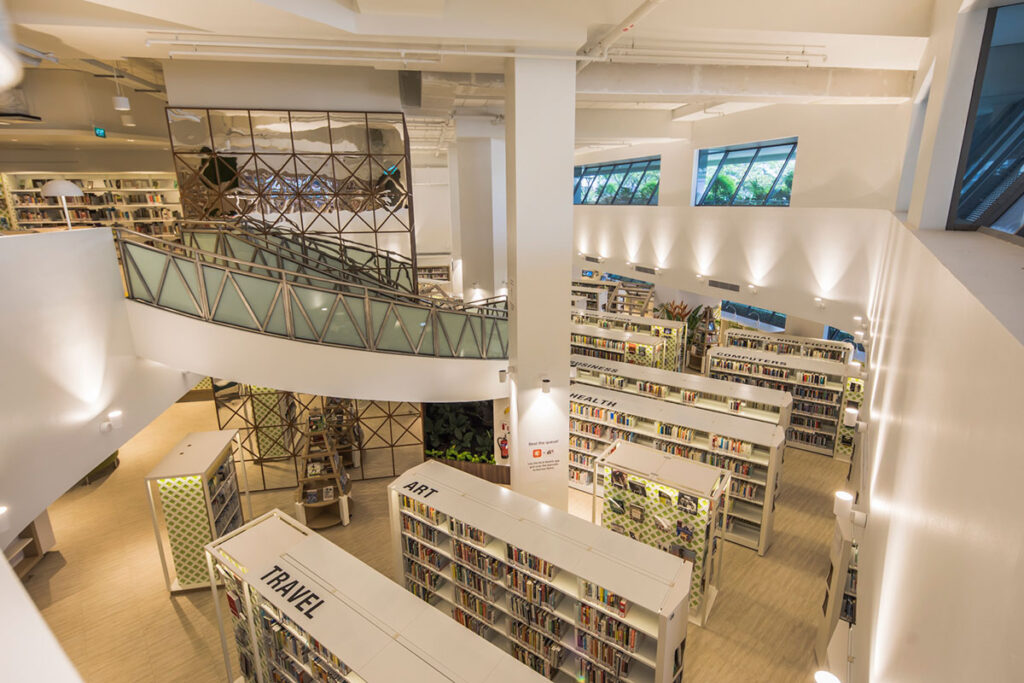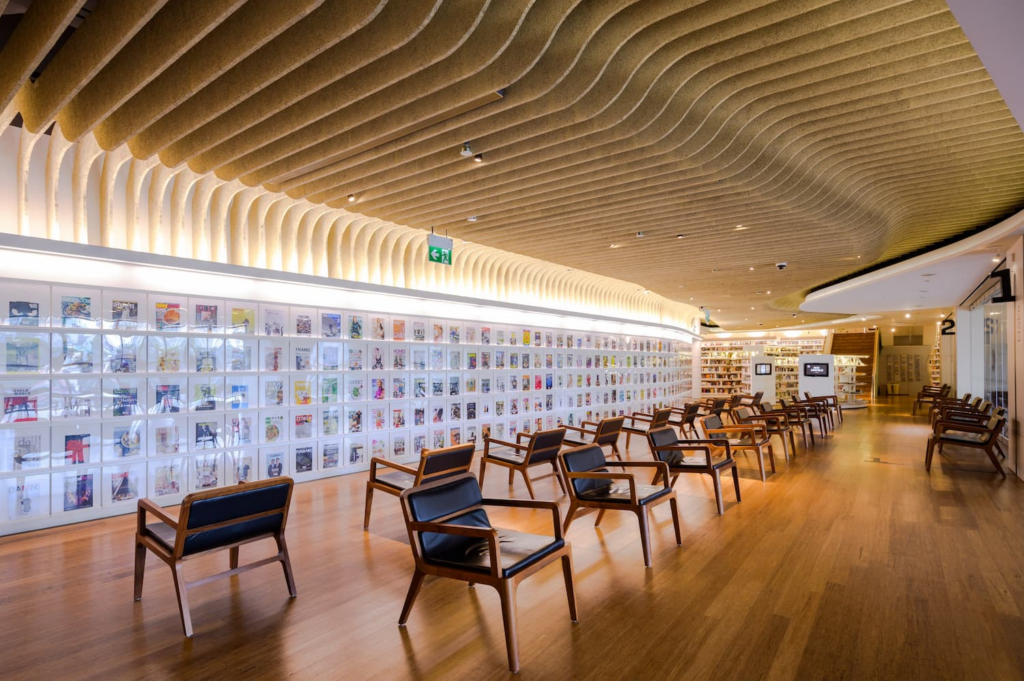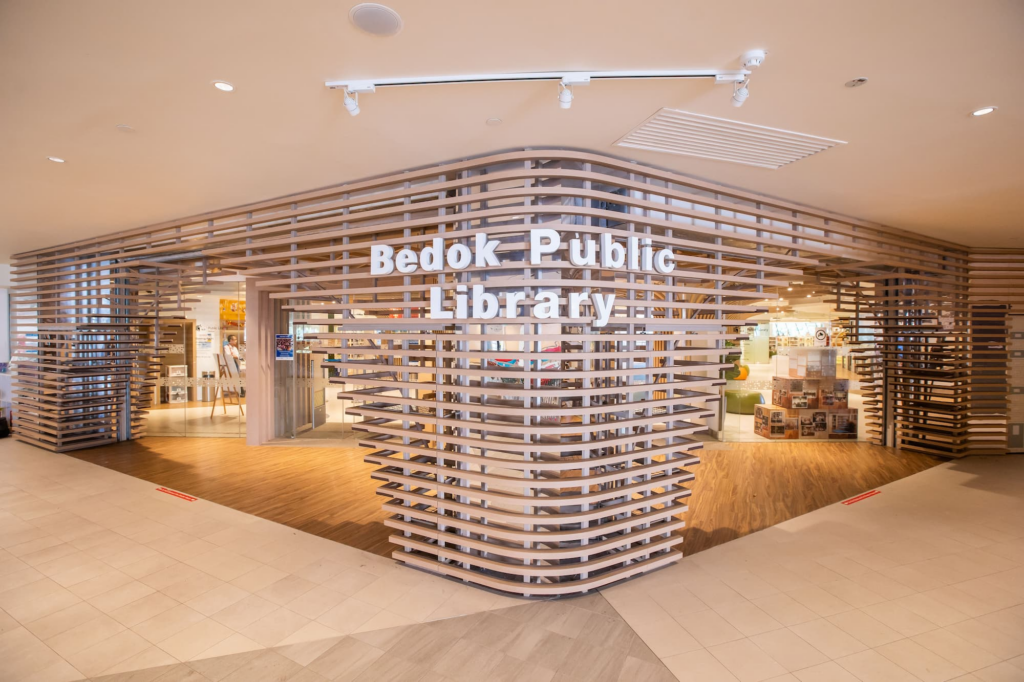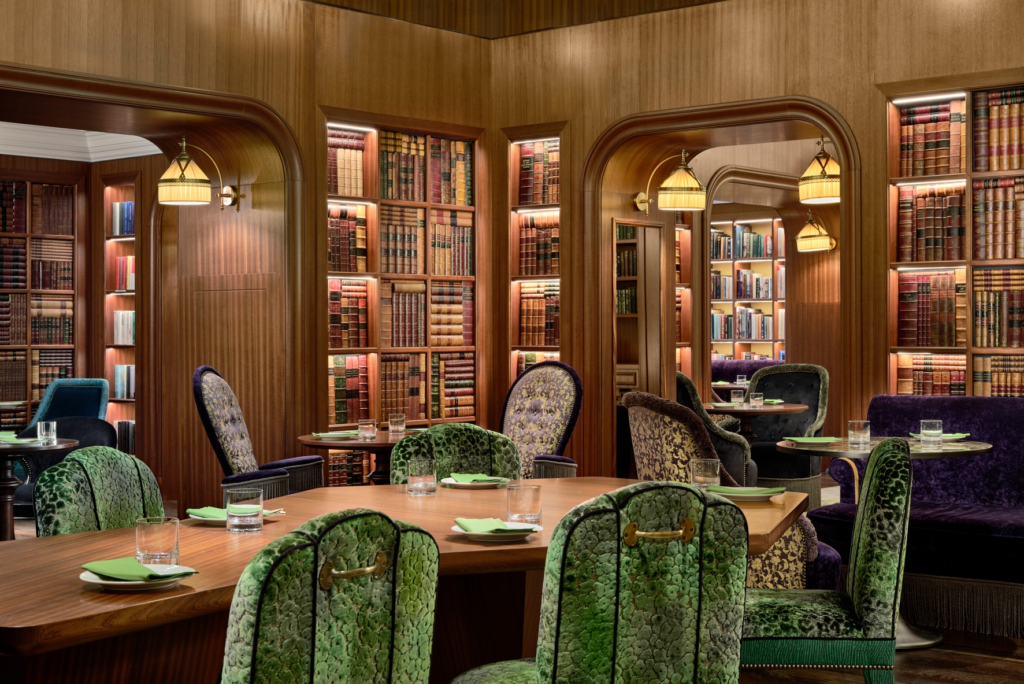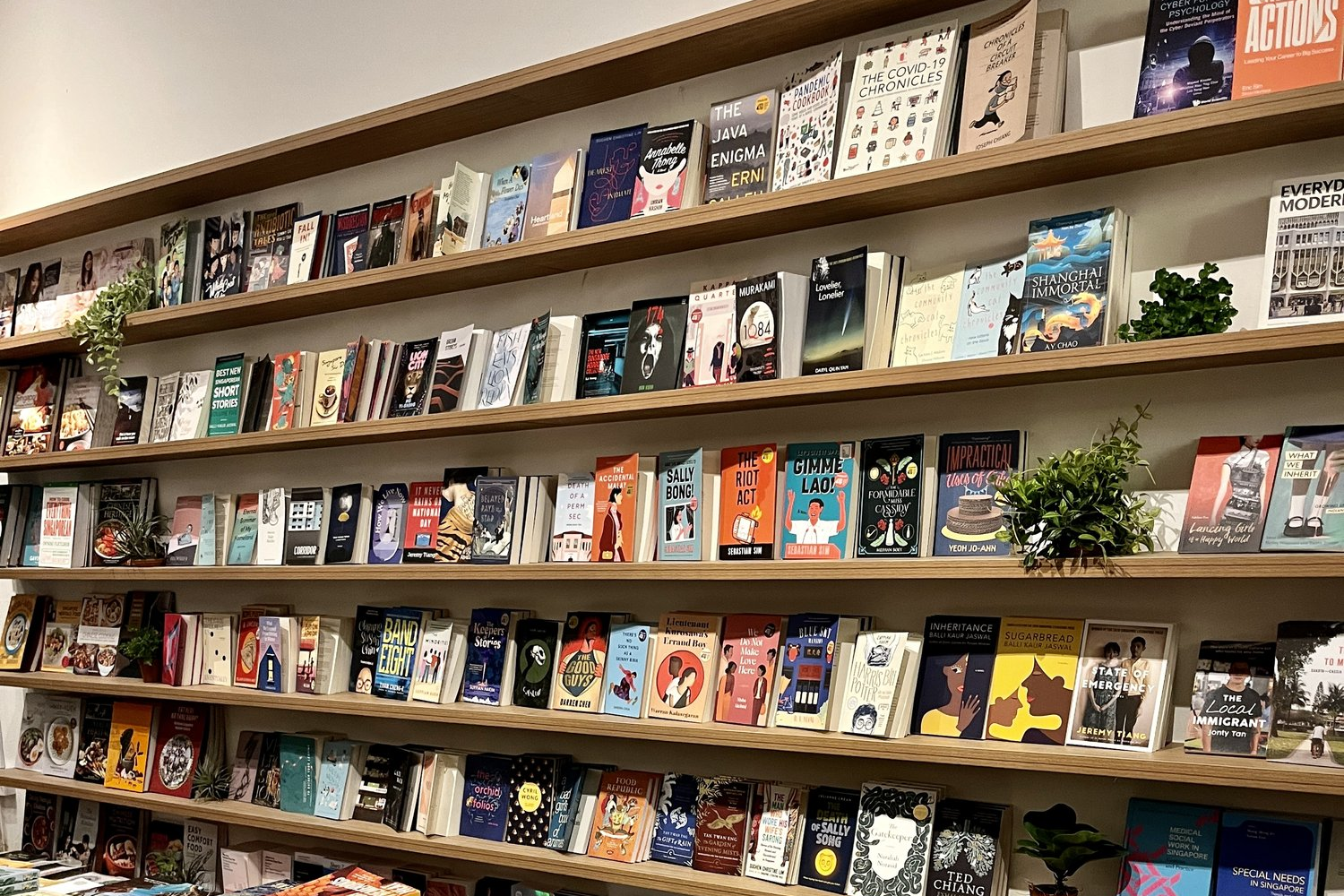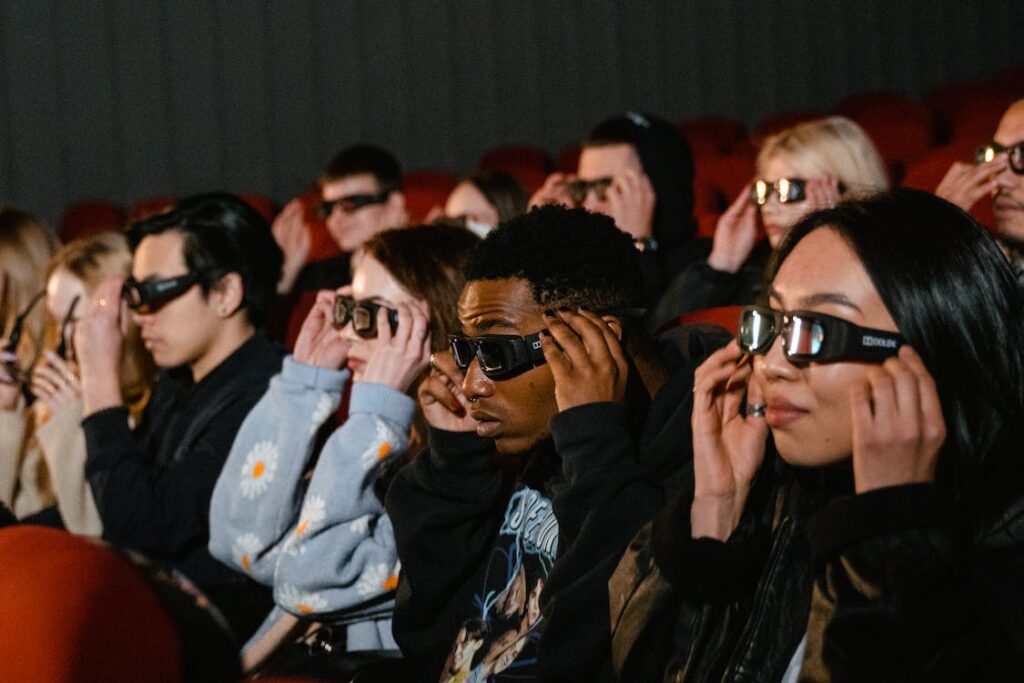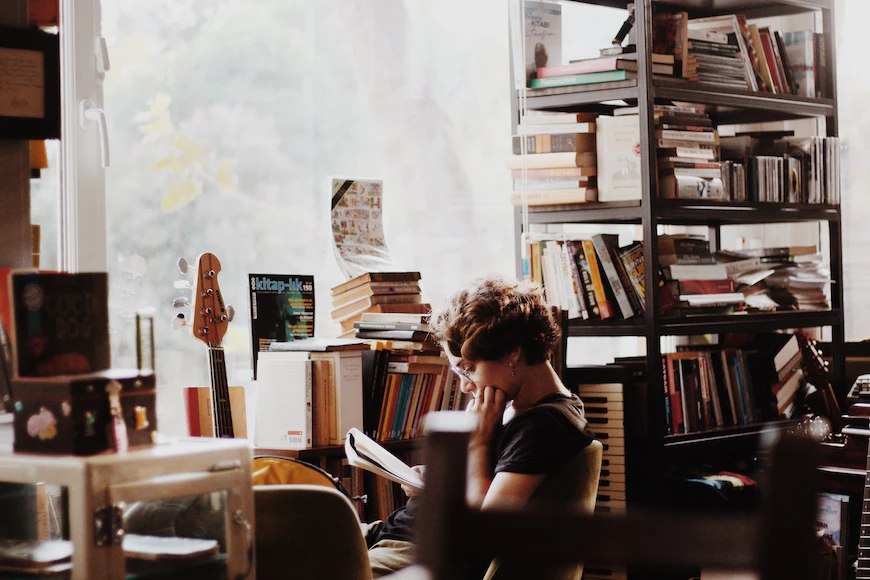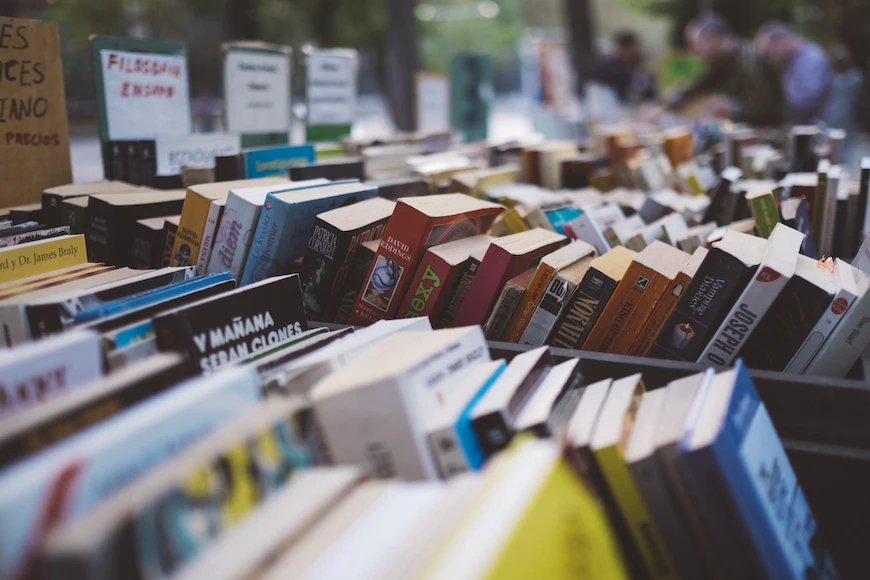“My bounty is as boundless as the sea, My love as deep; the more I give to thee, The more I have, for both are infinite.” ― William Shakespeare, Romeo and Juliet
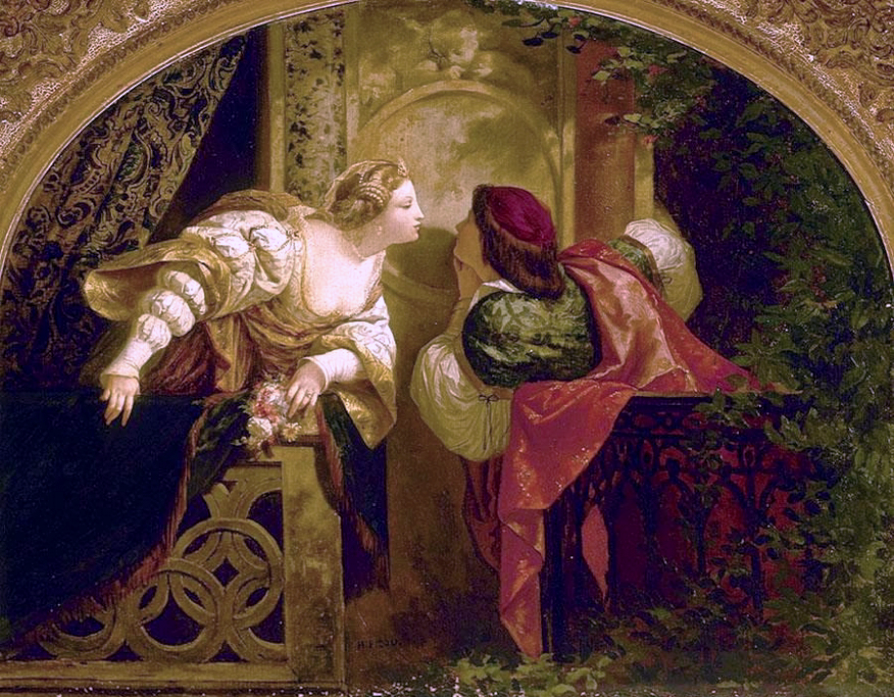
“Romeo and Juliet” by William Shakespeare is a timeless tragedy that unfolds amidst the feuding families of Verona, the Montagues, and the Capulets. The play centres around the passionate love affair between Romeo, a Montague, and Juliet, a Capulet, whose families’ long-standing enmity poses a formidable obstacle to their romance. Despite the strife surrounding them, Romeo and Juliet are undeterred, exchanging vows of love in secret and ultimately marrying in hopes of uniting their families. However, their happiness is short-lived as a series of misunderstandings, impulsive decisions, and tragic circumstances lead to their untimely demise.
Shakespeare masterfully weaves themes of love, fate, and conflict throughout “Romeo and Juliet,” exploring the complexities of human emotion and the consequences of unchecked passion. The play’s iconic characters, from the impetuous Romeo and headstrong Juliet to the wise Friar Laurence and hot-headed Tybalt, navigate a world fraught with violence and turmoil. As the play unfolds, Shakespeare delves into the destructive power of hatred and the transformative nature of love, culminating in a heart-wrenching conclusion that serves as a poignant reminder of the fragility of life and the enduring power of love.
Characters in Romeo and Juliet
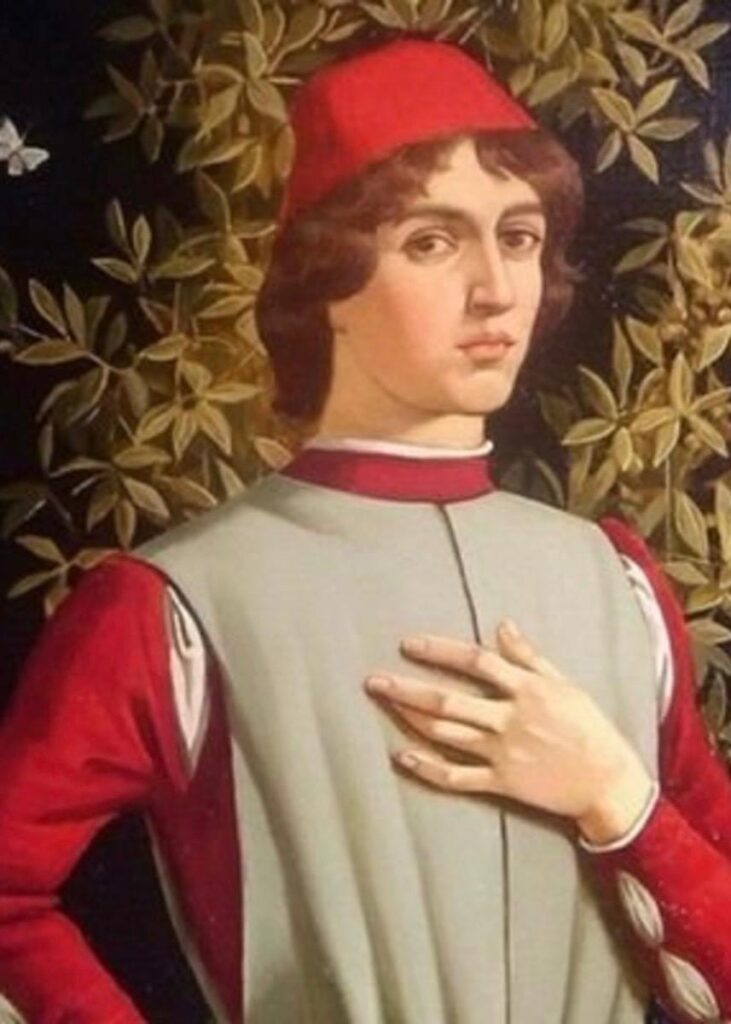
Romeo Montague: The young heir of the Montague family, Romeo is characterized by his passionate nature and impulsive actions. He falls deeply in love with Juliet at first sight, despite being previously infatuated with another girl, Rosaline. Romeo’s romanticism and willingness to defy societal norms ultimately lead to tragic consequences for himself and his beloved.
Juliet Capulet: The young daughter of the Capulet family, Juliet is portrayed as intelligent, independent, and headstrong. Despite being betrothed to Paris by her parents, Juliet falls in love with Romeo and is willing to defy her family’s wishes to be with him. Her love for Romeo is intense and unwavering, even in the face of adversity, and she ultimately chooses to take her own life rather than live without him.
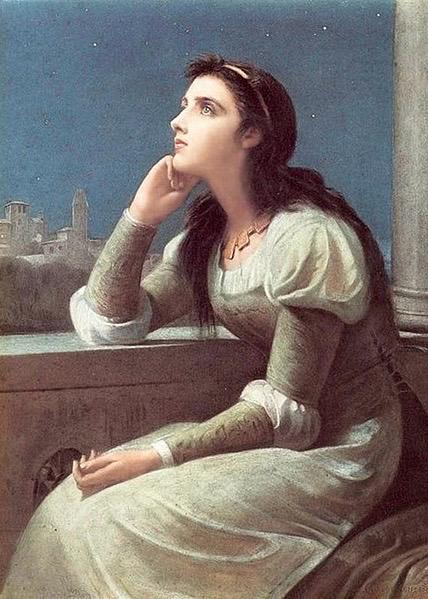

Friar Laurence: A Franciscan friar and confidant to Romeo and Juliet, Friar Laurence is wise and compassionate but ultimately makes decisions that contribute to the tragedy. He agrees to marry Romeo and Juliet in secret, hoping to reconcile their families, but his plans unravel due to unforeseen circumstances. Friar Laurence’s intentions are noble, but his actions inadvertently lead to the deaths of Romeo and Juliet.
Tybalt Capulet: Juliet’s hot-headed cousin, Tybalt is quick to anger and eager to defend the honor of his family. He despises Romeo and is responsible for sparking the feud that ultimately leads to tragic consequences. Tybalt’s impulsive actions escalate the conflict between the Montagues and Capulets, contributing to the downfall of Romeo and Juliet.
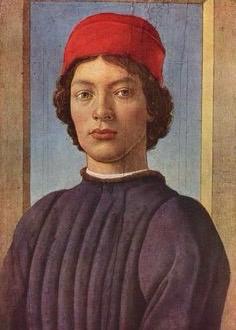
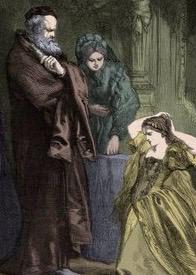
Lord and Lady Capulet: Juliet’s parents, Lord Capulet and Lady Capulet, play significant roles in shaping the events of the play. Lord Capulet initially appears supportive of Juliet’s wishes but becomes enraged when she refuses to marry Paris. Lady Capulet is less involved in Juliet’s life but ultimately sides with her husband in their efforts to control their daughter’s future.
Lord and Lady Montague: Romeo’s parents, Lord Montague and Lady Montague, are less prominently featured in the play but are affected by the feud between their family and the Capulets. They express concern for Romeo’s melancholy and ultimately suffer the loss of their only son as a result of the feud.

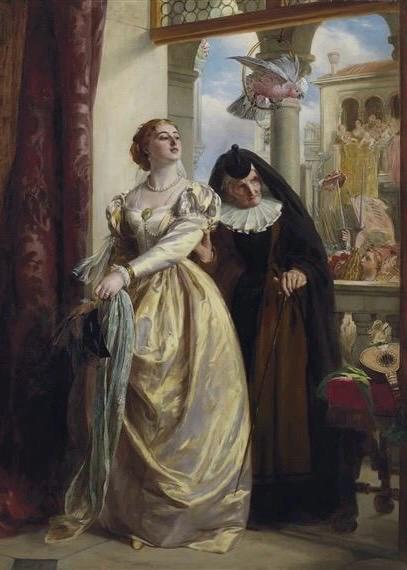
Nurse: She is a key character in Shakespeare’s “Romeo and Juliet,” serving as Juliet’s trusted confidante and surrogate mother figure. She is characterized by her earthy humor, bawdy language, and genuine affection for Juliet. As the Capulet family’s nursemaid, she has raised Juliet from infancy and shares a close bond with her, offering guidance and support in matters of love and life.
Throughout the play, the Nurse acts as a mediator between Romeo and Juliet, facilitating their secret meetings and aiding in their clandestine romance. She is privy to Juliet’s most intimate thoughts and desires, providing a sympathetic ear and practical advice. However, the Nurse’s loyalty is ultimately tested when she encourages Juliet to marry Paris after Romeo is banished, believing it to be in her best interest. Despite her misguided actions, the Nurse’s love for Juliet remains unwavering, and her character adds depth and complexity to the themes of love, loyalty, and familial obligation in “Romeo and Juliet.”
Themes in Romeo and Juliet
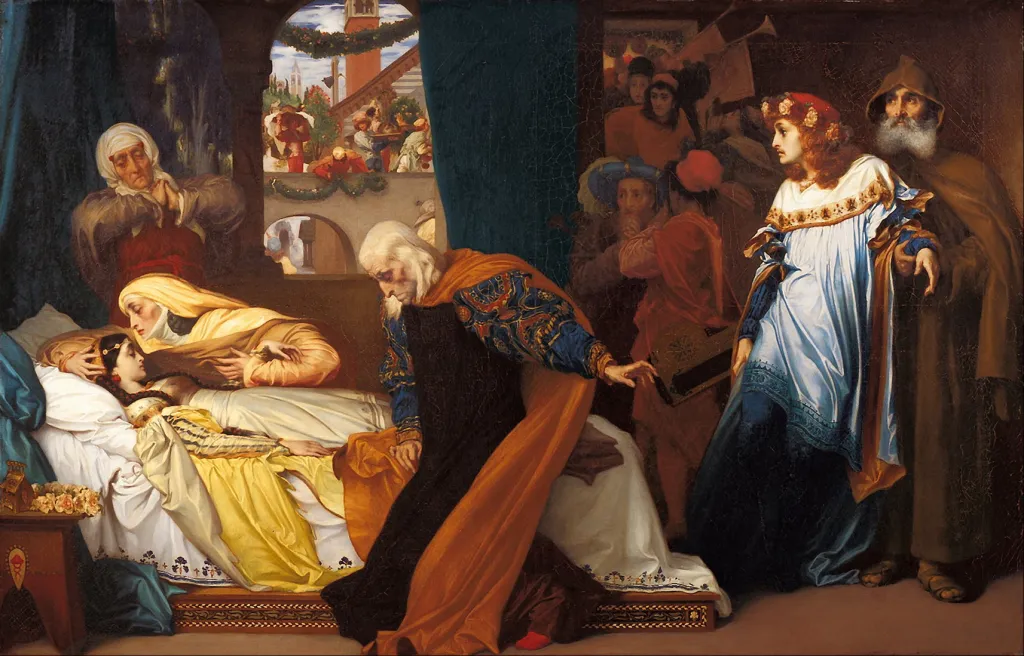
- Love: Love is the central theme of “Romeo and Juliet,” encompassing both romantic love and familial love. The passionate love between Romeo and Juliet transcends societal barriers, but it is also impulsive and reckless, leading to tragedy. Their love challenges the longstanding feud between the Montagues and Capulets, highlighting the transformative power of love in overcoming hatred and division.
- Fate and Destiny: “Romeo and Juliet” explores the concept of fate and the idea that the characters’ destinies are predetermined. From the opening prologue, which foreshadows the lovers’ tragic end, to the series of coincidences and misunderstandings that lead to their deaths, fate plays a significant role in shaping the events of the play. The characters’ belief in fate influences their actions and decisions, ultimately contributing to the inevitability of the tragedy.
- Conflict and Violence: The feud between the Montagues and Capulets serves as the backdrop for the play’s conflict and violence. The simmering animosity between the two families erupts in street brawls and duels, leading to death and destruction. “Romeo and Juliet” explores the destructive nature of hatred and the consequences of unresolved conflict, highlighting the tragic toll it takes on both individuals and society.
- Youth and Impulsiveness: The impulsive actions of the young characters in “Romeo and Juliet” drive much of the plot. Romeo and Juliet’s hasty decision to marry in secret, as well as their rash choices in the face of adversity, reflect the impetuosity of youth. The play explores the consequences of acting on impulse without considering the long-term repercussions, emphasizing the need for maturity and wisdom in navigating life’s challenges.
- Familial Duty and Loyalty: The obligations of family and loyalty to one’s kin are recurring themes in “Romeo and Juliet.” Juliet’s struggle between her love for Romeo and her loyalty to her parents illustrates the tension between individual desire and familial duty. Similarly, Romeo’s allegiance to his family and friends conflicts with his love for Juliet. The play explores the complexities of family dynamics and the sacrifices individuals make in the name of duty and honor.
The Setting in Romeo and Juliet
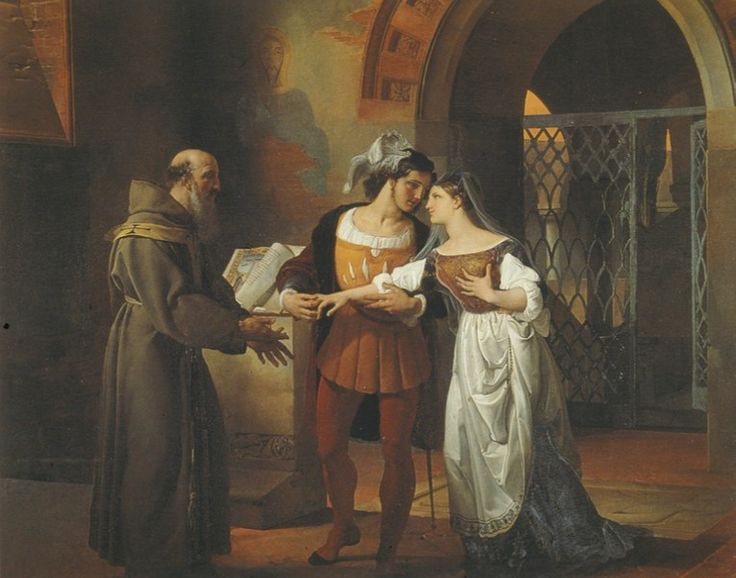
The setting of “Romeo and Juliet” is the city of Verona, Italy, a vibrant and bustling urban center that serves as the backdrop for the tragic love story. Verona is depicted as a city deeply divided by the longstanding feud between the Montague and Capulet families, whose animosity permeates every aspect of society. The streets of Verona are characterized by tension and violence, with frequent clashes between the rival factions erupting into brawls and duels. This atmosphere of hostility contributes to the sense of urgency and danger that pervades the play, as the lovers navigate the treacherous terrain of forbidden love.
Within the city of Verona, specific locations play a significant role in the unfolding drama of “Romeo and Juliet.” The iconic balcony scene takes place in the Capulet family’s orchard, where Romeo professes his love to Juliet under the cover of night. The balcony itself becomes a symbol of the lovers’ clandestine romance, providing a sanctuary where they can escape the constraints of their warring families. Additionally, the streets and public squares of Verona serve as meeting places for the characters, where chance encounters and fateful meetings propel the plot forward. These settings reflect the bustling energy and social hierarchy of Renaissance-era Verona, providing a rich backdrop for the tragic events that unfold.
Beyond the confines of the city, the natural world also plays a significant role in “Romeo and Juliet.” The play’s opening prologue describes Verona as a place “where civil blood makes civil hands unclean,” evoking images of a city stained by violence and conflict. The contrast between the beauty of nature and the ugliness of human behavior underscores the central themes of love, fate, and the destructive power of hatred. Throughout the play, references to the natural world, such as the sun, moon, and stars, serve as symbols of the lovers’ passionate romance and the forces that conspire against them.
Symbols in Romeo and Juliet
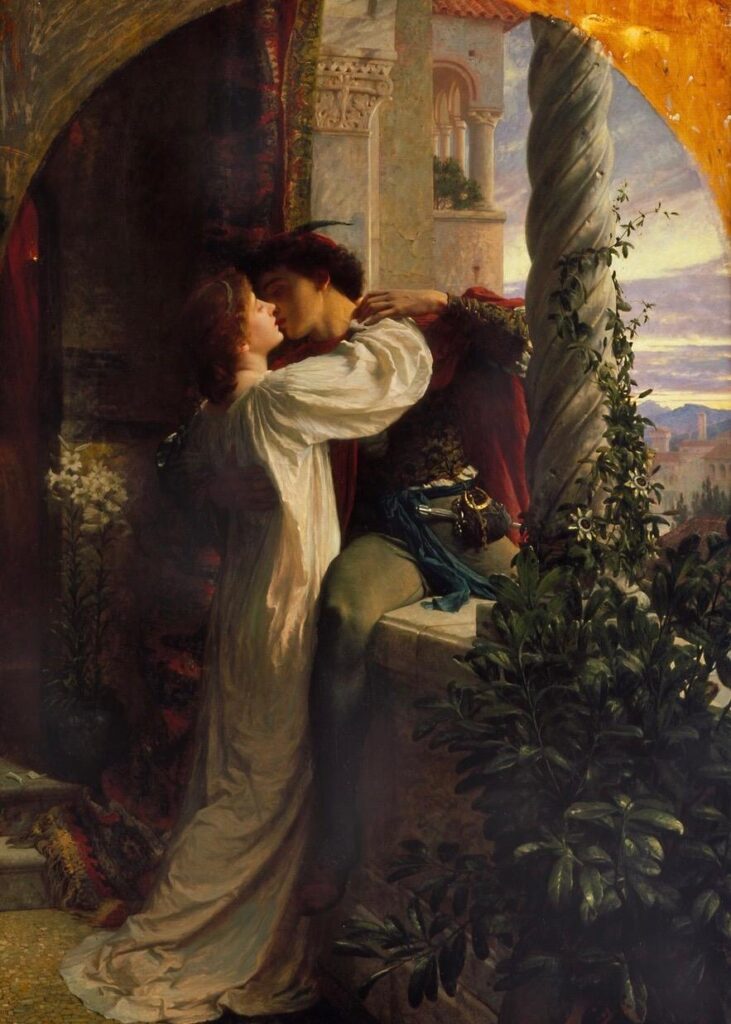
The Balcony: The balcony at the Capulet household serves as a symbol of romantic love and clandestine meetings. It is where Romeo and Juliet share their famous exchange of vows, defying the barriers imposed by their feuding families. The balcony scene encapsulates the lovers’ desire for intimacy and connection amidst the chaos and hostility of their surroundings.
The Poison: Poison represents the destructive consequences of unchecked hatred and violence in “Romeo and Juliet.” It is the substance that ultimately leads to the tragic demise of the young lovers, as Romeo drinks poison to be with Juliet in death. Poison symbolises the toxicity of the feud between the Montagues and Capulets, as well as the fatal consequences of impulsive actions and unresolved conflict.
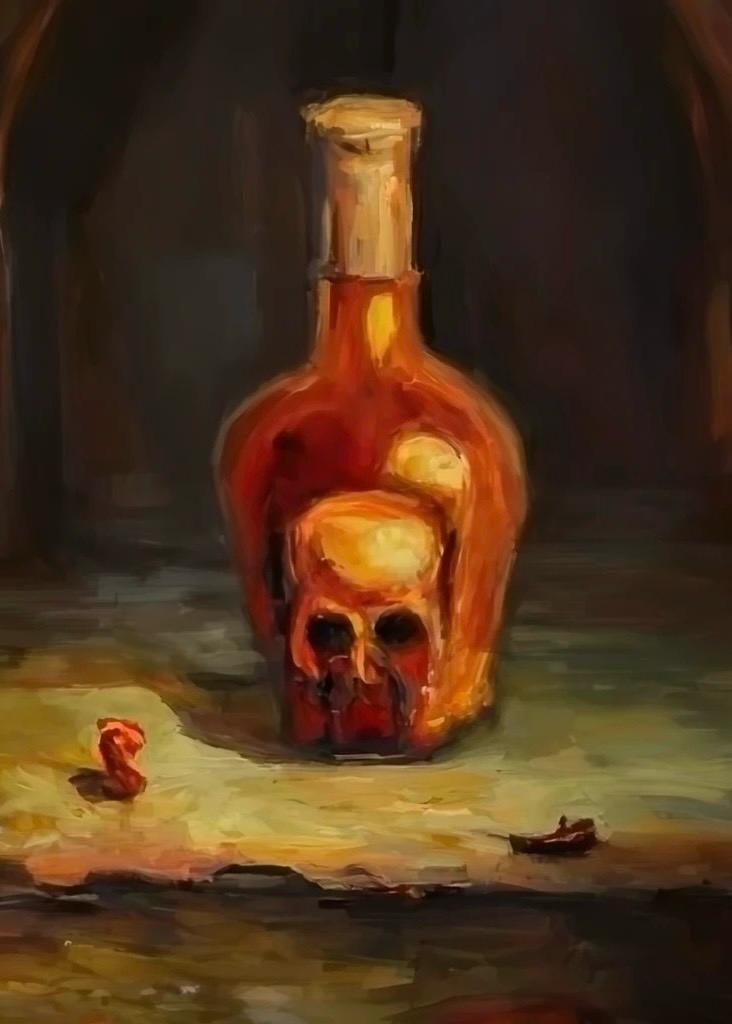

The Stars: Throughout “Romeo and Juliet,” references to the stars symbolise fate and destiny. The characters often look to the heavens for guidance or to seek solace in their troubled circumstances. The idea that the stars govern human affairs suggests a sense of predestination, highlighting the inevitability of the tragic events that unfold.
Quotable Quotes in Romeo and Juliet
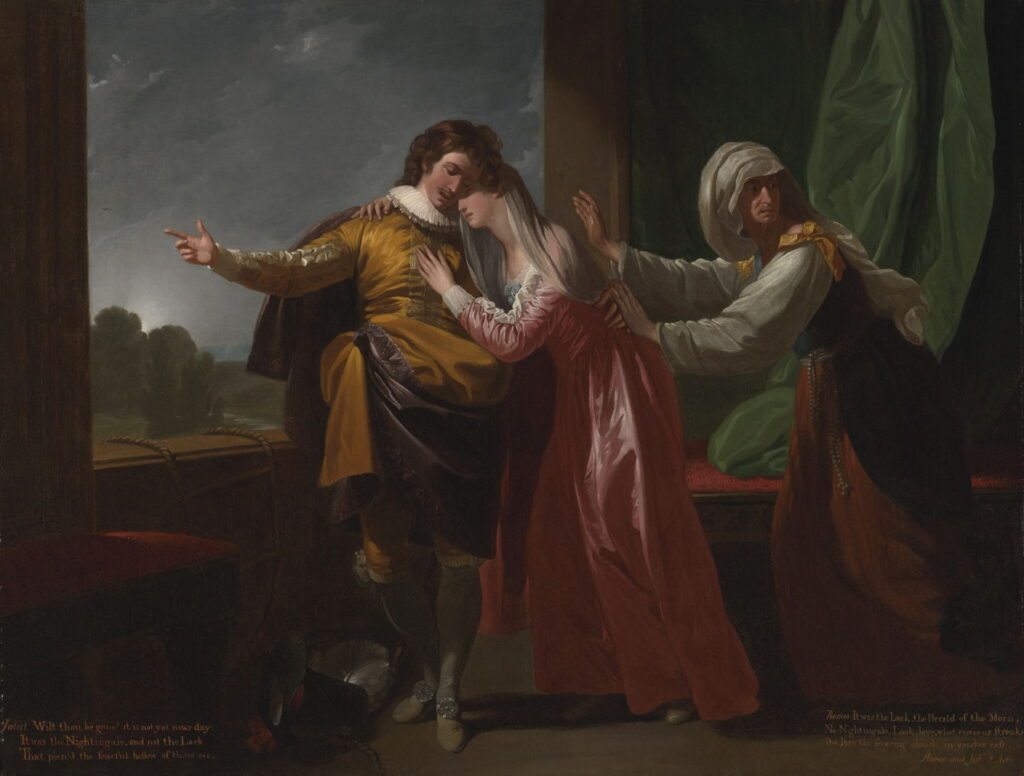
“But, soft! What light through yonder window breaks?” – Romeo, Act II, Scene 2
Romeo speaks these words as he catches sight of Juliet on her balcony. The quote captures the awe and wonder of Romeo’s love for Juliet, as he is captivated by her beauty and compares her to the rising sun.
“O Romeo, Romeo! wherefore art thou Romeo?” – Juliet, Act II, Scene 2
Juliet speaks these words while lamenting the fact that Romeo is a member of the rival Montague family. The quote expresses Juliet’s longing for Romeo and her frustration with the societal barriers that keep them apart.
“What’s in a name? That which we call a rose by any other name would smell as sweet.” – Juliet, Act II, Scene 2
Juliet utters these words as she reflects on the insignificance of names in defining love. The quote suggests that the names Montague and Capulet are meaningless labels that do not affect the true essence of Romeo and Juliet’s love for each other.
“A plague o’ both your houses!” – Mercutio, Act III, Scene 1
Mercutio curses both the Montague and Capulet families after being mortally wounded in a duel. The quote reflects Mercutio’s frustration with the ongoing feud and his belief that the conflict has brought about his untimely death.
“Parting is such sweet sorrow.” – Juliet, Act II, Scene 2
Juliet speaks these words as Romeo prepares to leave her after their secret meeting. The quote captures the bittersweet nature of their parting, as Juliet longs for Romeo’s presence but knows they must part ways for the time being.
“These violent delights have violent ends.” – Friar Laurence, Act II, Scene 6
Friar Laurence warns Romeo about the consequences of rushing into marriage with Juliet. The quote foreshadows the tragic outcome of their love affair, suggesting that their passionate romance will ultimately lead to disaster.
“O, she doth teach the torches to burn bright!” – Romeo, Act I, Scene 5
Romeo speaks these words upon seeing Juliet for the first time at the Capulet’s party. The quote reflects Romeo’s immediate infatuation with Juliet and his belief that her beauty outshines everything else in the room.
“For never was a story of more woe than this of Juliet and her Romeo.” – Prince Escalus, Act V, Scene 3
Prince Escalus speaks these words at the conclusion of the play, lamenting the tragic fate of Romeo and Juliet. The quote encapsulates the sorrowful tone of the play and emphasizes the magnitude of the lovers’ untimely deaths.
“Wisely and slow; they stumble that run fast.” – Friar Laurence, Act II, Scene 3
Friar Laurence advises Romeo to proceed with caution in his relationship with Juliet. The quote emphasizes the importance of patience and deliberation, suggesting that rushing into things can lead to disastrous consequences.
“Good night, good night! Parting is such sweet sorrow, That I shall say good night till it be morrow.” – Juliet, Act II, Scene 2
Explanation: Juliet speaks these words as Romeo prepares to leave her after their secret meeting. The quote expresses Juliet’s reluctance to part from Romeo, as she wishes the night could continue indefinitely.
Looking for Help with Literature?
Curio offers English Language, English Literature and General Paper group tuition in online classes. We cover the ‘O’ level, ‘A’ level and the new Singapore-Cambridge Secondary Education Certificate (SEC) which is to be offered in 2027. We also teach students in the Integrated Programme (IP) be it English, Literature or Language Arts.
As different schools are covering different novels, plays or poetry, we try to group students according to school or text. We even have classes which cover only Unseen Poetry (to the great joy of our JC students). Our Literature classes are incredibly enjoyable as students not only learn how to tackle the exams, they also learn empathy, appreciation and how to broaden their worldview. Classes for younger students typically begin with a quiz (with Kahoot, Blooket etc) to help them to remember the plot of a novel. We then go on to teach annotation and answering techniques (e.g using PEEL, PEAL or PEDAL). Older students benefit from an in depth discussion of a poet, playwright or novelist’s works. This is followed up with essay outlines or a detailed analysis of passage based questions.
No time for tuition? Then check out Curio’s Independent Marking and Feedback programme. A dedicated teacher will send you personalised notes and tests with marking, advice and feedback! Curio teachers are also available via whatsapp and email for questions on anything related to the subject. Many of our students thrive from not having to block out time to attend weekly lessons, but still have the benefit of a Curio coach’s nurturing and experience.

To elevate your study efforts, we’ve crafted a resource specifically for you—our Romeo & Juliet Study Guide: Passage-Based Exam Practice Papers, written by our expert teacher, Rebecca Samuel. This guide is an indispensable tool for exam prep, offering practice papers, a comprehensive answer key, and Act-by-Act review quizzes to ensure you master the play. You’ll gain a resource that will truly make a difference in your exam preparation. Click here to get your copy today, along with discounts and more details.
To find out more, call or get in touch with us on whatsapp at 8892 2948. We are also available on email: [email protected].



